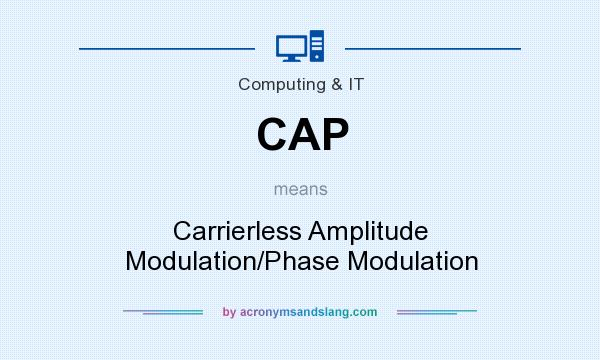Carrier-less Amplitude/Phase Modulation
Carrier -less Amplitude / Phase modulation (CAP) is a non-standard variation of quadrature amplitude modulation (QAM) for transmission of digital signals to subscriber lines.
The data to be transmitted are used to form the QAM signal assigned to them corresponding " symbols ". 16 symbols can be produced, for example, for the numbers 0 to 15, CAP16. The symbols are distinguished by their shape in the time domain and have very little post-echoes, so that subsequent symbols are not disturbed. For this purpose, formed by the combination of two pulse- amplitude modulated (PAM ) signals waveforms, which are the complex transmission signal each for the real and imaginary (Q and I). In a signal processor, the real-valued transmitted signal is of the two components by applying the Hilbert transform, which is constituted by two filter functions is formed.
In the early days of ADSL CAP has been used for broadband access via the local loop. To the frequency band is divided into three parts: one between 0 and 4 kHz for the analog transmission of the voice (POTS ) between a 25 kHz and 160 kHz for the upstream and the region between 240 kHz and 1.5 MHz for the downstream. The modulation technique of ADSL was replaced by the now common and standardized modulation techniques Discrete Multitone ( DMT). CAP will continue in the area of ATM at the physical layer, used in most comparable low bit rates around 100 Mbit / s.
- Modulation (technology)






